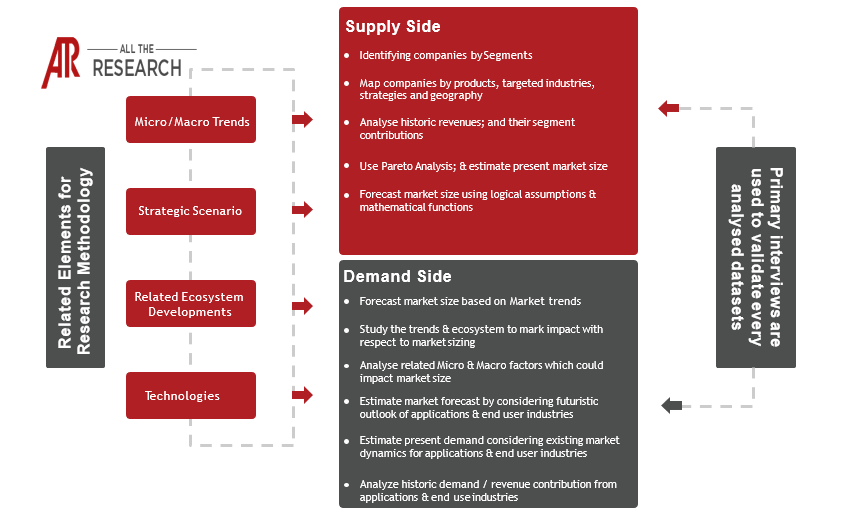The 5G Core (5GC) market is experiencing explosive growth, driven by the global demand for enhanced mobile broadband, massive machine-type communications (mMTC), and ultra-reliable low latency communications (URLLC). These capabilities, enabled by the 5GC, are revolutionizing industries and shaping the future of connectivity. This report delves into the intricacies of the 5G Core market, providing a comprehensive analysis of its drivers, challenges, trends, and competitive landscape.
Key Market Definition and Components:
The 5G Core is the central part of a 5G network architecture responsible for routing, authentication, security, and network management. Unlike its 4G counterpart, the 5GC is built on a service-based architecture (SBA), cloud-native principles, and network slicing capabilities. This allows for greater flexibility, scalability, and agility in deploying and managing 5G services. Key components of the 5G Core include:
Expected CAGR and Market Drivers:
The 5G Core market is projected to exhibit a robust Compound Annual Growth Rate (CAGR) of approximately 25-35% over the forecast period (e.g., 2024-2030). This impressive growth is fueled by the following key market drivers:
Challenges Facing the 5G Core Market:
While the 5G Core market offers significant opportunities, it also faces several challenges:
Regulatory Focus:
Regulatory bodies worldwide are actively involved in shaping the 5G landscape, focusing on spectrum allocation, network security, and data privacy. Governments are also promoting the development of 5G infrastructure through various funding initiatives and policy frameworks. Regulations regarding net neutrality and data sovereignty will also impact the deployment and operation of 5G Core networks.
Major Players:
The 5G Core market is highly competitive, with a mix of established telecom vendors and emerging players. Key players include:
Regional Trends:
Trends in M&A and Fund Raising:
The 5G Core market has witnessed significant activity in M&A and fund raising, as companies seek to expand their product portfolios, enhance their technological capabilities, and gain market share. Strategic acquisitions, partnerships, and venture capital investments are common strategies in this dynamic market. Consolidation is expected to continue as players compete for dominance. Fund raising is largely aimed at further developing and launching products that offer advanced capabilities such as network slicing and enhanced security features.
In conclusion, the 5G Core market is poised for significant growth as it enables the next generation of connectivity and drives digital transformation across various industries. While challenges exist, the opportunities are immense, and the market is expected to witness continued innovation and competition in the years to come. This report provides a detailed analysis of this dynamic market, helping stakeholders make informed decisions and capitalize on the opportunities presented by 5G Core technology.
The Report Segments the market to include:
By Component
By Network Function Virtualization (NFV)
By Deployment Model
By End-User
By Region

Ask for free product review call with the author

Share your specific research requirements for a customized report

Request for due diligence and consumer centric studies

Request for study updates, segment specific and country level reports
By Component
By Network Function Virtualization (NFV)
By Deployment Model
By End-User
By Region
